Lifting Grips vs Straps: How to Choose the Right One
Welcome to the gripping world of lifting grips vs straps. A critical yet overlooked aspect of any fitness journey, your grip choice can make or break your gym routine. This article will dive deep into the nitty-gritty of hand grips for lifting, drawing comparisons, and clarifying differences. You might be struggling to hold onto those weighty concerns about which grip aid is best for you – we’re here to lift the burden of doubt.
Choosing the right grips for weightlifting is essential, and it’s not just about preventing your hands from slipping. The type of grip can influence your strength, safety, and even the development of muscles.
So, whether you’re a seasoned lifter or a beginner stepping into the gym for the first time, this showdown between lifting grips and straps will help you make an informed decision on the best grips for weightlifting. Get ready to grip the knowledge!
When choosing between lifting grips vs straps, it all boils down to personal preference and fitness goals. Lifting straps are more suitable for snatches, pulls and deadlifts – as they aid grip strength, while lifting grips give more support and are more suitable for isolation exercises as they provide superior control and feel.
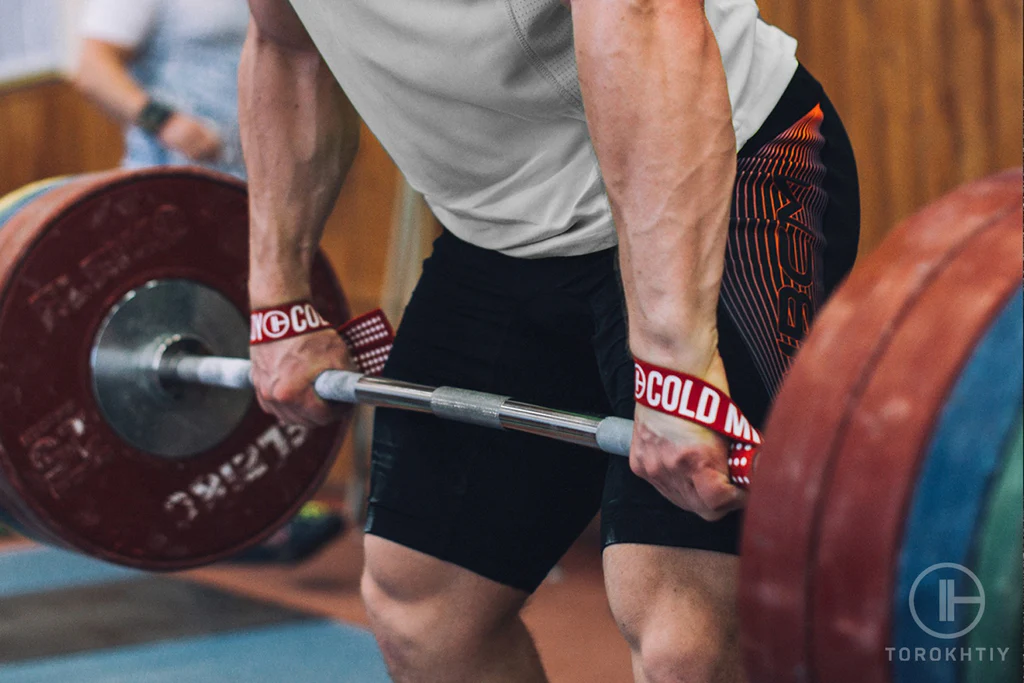
Getting to Grips With It: What are Lifting Grips
Lifting grips are workout accessories designed to enhance your hand’s grip on weightlifting equipment. They’re often pad-like structures made of durable, non-slip material, offering a direct feel of the weight, enhancing the mind-muscle connection, unlike lifting straps.
They’re simpler to use, require no wrapping, and offer greater versatility across various exercise equipment. They are often used for exercises that involve heavy lifting, such as deadlifts, pull-ups, and shrugs, where maintaining a solid grip is crucial for safety and effectiveness.
Pros and Cons of Lifting Grips
When analyzing lifting grips, it’s important to weigh the pros and cons:
Pros
- Enhanced Feel: Lifting grips allow a direct feel of the weight, leading to better muscle activation. This is essential when the goal is muscle growth.
- Improved Control: Grips don’t entirely lock your hands to the bar. This means you can adjust your grip mid-lift, providing better control during exercises.
- Safety: Grips can help prevent accidents caused by sweaty palms or weak grip strength, offering a safer workout session.
Cons
- Over Reliance on Grips: While lifting grips offer ample support, regular usage can spurn over-reliance and actually weaken grip over time.
- Grip Fatigue: Although they enhance grip strength, lifting grips can still lead to grip fatigue over time, especially during high-volume workouts.
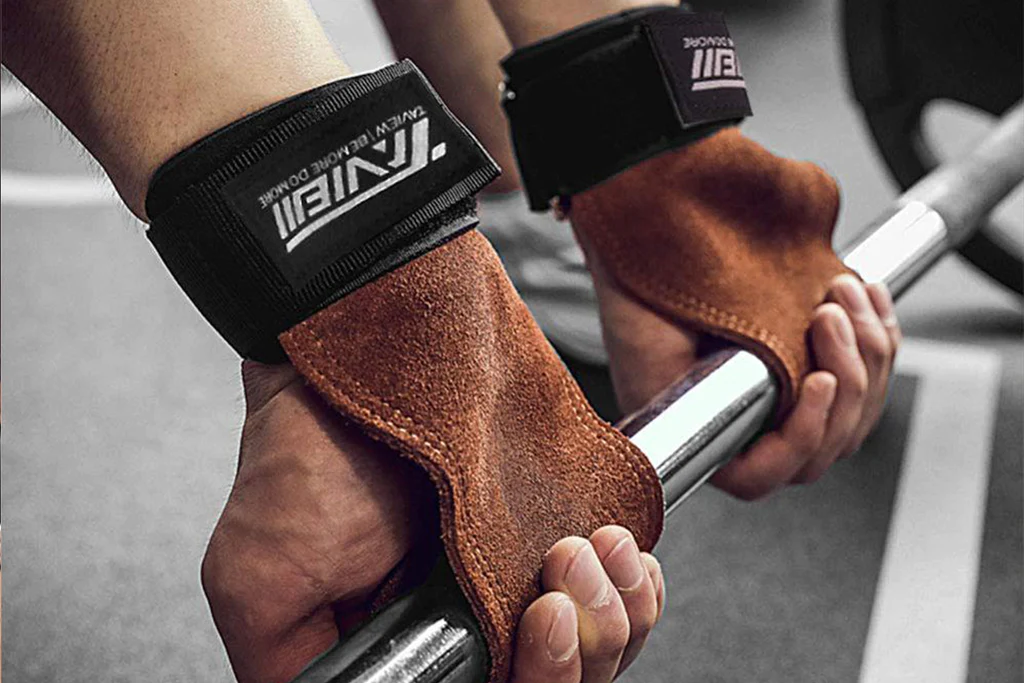
Pulling Power: What are Lifting Straps?
Lifting straps are essential workout accessories that wrap around your wrist and the bar, improving grip strength. They’re commonly utilized in exercises that require heavy pulling like deadlifts or rows, or any movement where grip strength could be the limiting factor. Straps allow you to lift heavier weights and train for longer without your grip giving out.

Cotton Lasso Lifting Straps Pro
Enhance your lifting experience with Warm Body Cold Mind lasso lifting straps designed for durability and comfort.
Pros and Cons of Lifting Straps
When evaluating lifting grips vs straps, it’s essential to look at the pros and cons of lifting straps:
Pros
- Enhanced Grip Strength: Lifting straps significantly improve grip strength, allowing you to lift heavier weights without worrying about your grip failing.
- Increased Volume: Straps can help you work out for longer periods, especially during exercises like heavy rows or shrugs, without the risk of your grip giving way.
- Focus on Target Muscles: Using straps allows you to focus more on the muscles you are trying to work with rather than concentrating on maintaining your grip.
Cons
- Reduced Grip Development: Using lifting straps all the time can potentially hinder the development of your natural grip strength.
- Less Control: While lifting straps enable you to lift heavier, they may offer less control as they secure your hands to the bar.

Hand in Hand Comparison: Lifting Grips vs Straps
The debate between lifting grips and straps is a weighty one. Each has unique characteristics that make them shine in different workout scenarios. To help you make an informed decision, let’s analyze their performance in key areas.
1. Grip
Lifting grips are known for providing a natural and direct feel of the bar. They offer enhanced control, making them suitable for a variety of exercises, including presses and curls. Lifting straps, however, secure your hand to the bar, taking grip strength out of the equation. This characteristic is beneficial in heavy pulling movements, like deadlifts and rows, where grip strength could limit the amount of weight you can lift.
2. Comfort
Comfort can vary depending on personal preference. Some lifters find the secure wrap of lifting straps more comfortable, especially when handling heavier weights. Others prefer lifting grips due to the added flexibility they offer and less constriction around the wrist.
3. Durability
Both lifting grips and straps are generally durable and can withstand the rigors of heavy lifting. Versa gripps vs straps, for instance, both hold up well over time. However, durability can depend on the quality of the specific product and how often it is used.
4. Ease of Use
Lifting grips are typically quicker to set up and adjust during a workout, making them a convenient option for exercises that require rapid changes in grip. Lifting straps, on the other hand, can take a bit longer to set up, but once they’re secure, they provide a steadfast grip that’s hard to match.
5. Lifting Grips Vs Straps For Deadlifts
Deadlifts present a special case. With heavy weights and high stakes, grip failure is not an option. Lifting straps excel here, providing additional support that allows you to lift heavier without worrying about your grip giving out. Lifting grips, while still functional, might be less effective for very heavy deadlifts but could be beneficial for lighter sets where maintaining a feel for the bar is desired.
6. Versatility
Lifting grips have a slight edge in terms of versatility. They can be used effectively in a wide range of exercises. Lifting straps, while exceptionally useful in heavy-pulling exercises, might be less advantageous for movements requiring quick grip adjustments.
How to Use Lifting Grips: A Step-By-Step Guide
Whether you’re a seasoned athlete or a beginner stepping onto the gym floor for the first time, knowing how to use lifting grips properly can elevate your workout experience. Here’s a step-by-step guide to help you master the art of using lifting grips.
Step 1: Prepare Your Lifting Grips
Before you start, ensure your lifting grips are clean and in good condition. This not only ensures hygiene but also extends the life of your grips and maintains optimal grip strength.
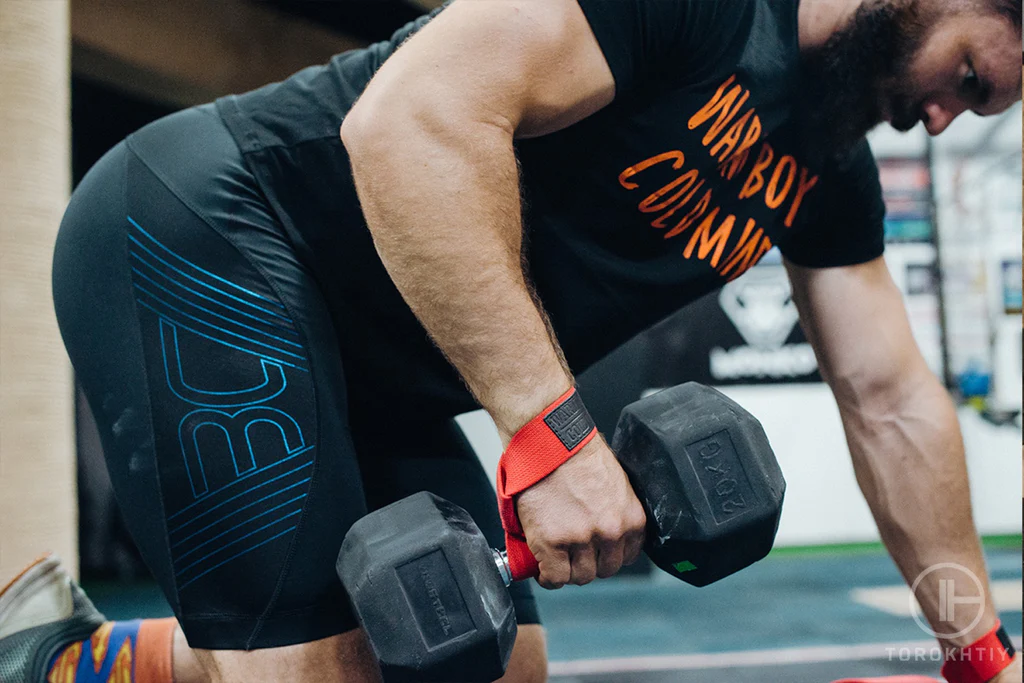
Step 2: Position Your Grips
Slide each lifting grip onto your hands. They should be snug but not overly tight. The padded section should sit comfortably against your palm, and the strap should wrap around your wrist securely.
Step 3: Adjust the Fit
Most lifting grips come with adjustable wrist straps. Secure them around your wrist until they feel fixed but not overly tight. You want them snug enough to provide support but loose enough to not cut off circulation.
Step 4: Get a Grip
Place your hand, with the lifting grip in place, around the barbell or dumbbell. The lifting grip should increase the contact area between your hand and the bar, improving your hold.
Step 5: Lift with Confidence
With the grips in place, proceed with your exercise. You should notice improved grip strength and less strain on your wrists and hands. Always remember to lift with proper form, as lifting grips are not a substitute for good technique.
Step 6: Care for Your Grips
After your workout, clean your lifting grips according to the manufacturer’s instructions. Regular care helps extend their life and maintain their performance. Store them in a dry, cool place, ready for your next workout.
Using lifting grips can help you focus more on your form and the muscles you’re working on, rather than worrying about your grip failing. Remember, the most important thing is to find the lifting aids that work best for you and your training goals.
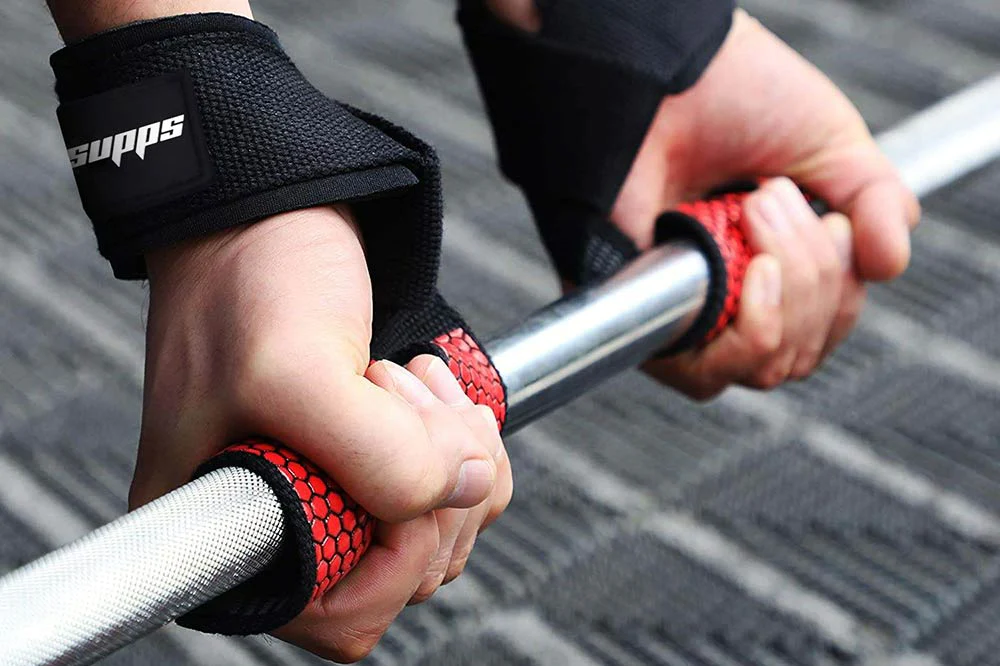
Best of the Best: Top Rated Lifting Straps
We’ve tested the best lifting straps and grips and listed the below in class below:
Warm Body Cold Mind Lifting Straps
The Warm Body Cold Mind Lifting Wrist Straps are a fantastic addition to any fitness enthusiast’s workout gear. One of the most enticing features of these straps is a 30-day money-back guarantee.
The availability of 6 multiple colors adds a personal touch, allowing users to select a variant that suits their style or matches their existing gym gear. The straps are clearly designed with aesthetics in mind, proving that functionality and fashion can indeed go hand in hand in workout gear.
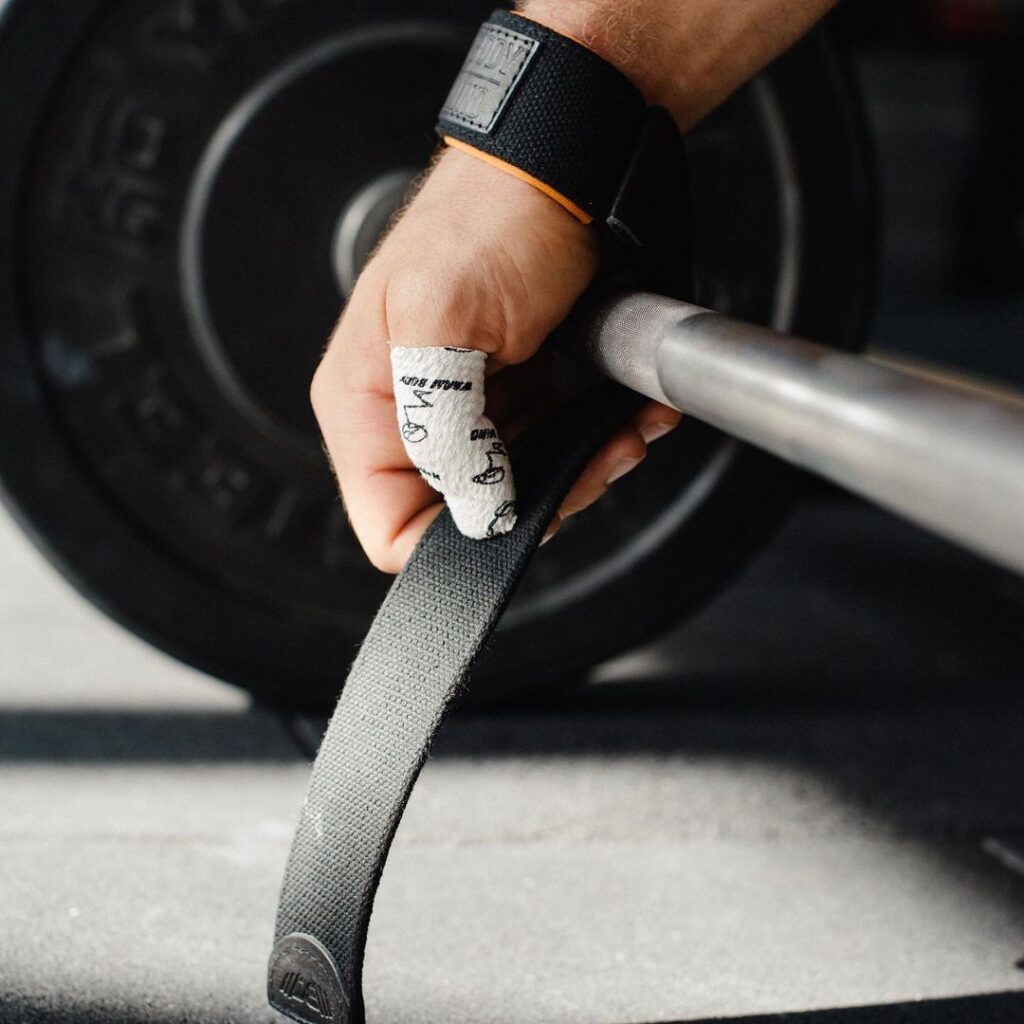
But what truly sets these straps apart is their Max Test Strength. They are remarkably robust and durable, designed to handle intense weightlifting sessions with ease and boast a max test strength of 350kg. The high-quality construction ensures that they can support heavy weights, making them a reliable tool for serious lifters.
FAQ
Are Lifting Straps Worth It for Beginners?
Absolutely! Lifting straps can be a valuable tool for beginners. They help in improving grip strength and allow focus on form rather than worrying about the weight slipping. However, it’s also important for beginners to work on their natural grip strength. Using straps all the time could limit this development.
Are Lifting Grips Better Than Gloves?
Lifting grips and gloves serve different purposes. Grips are primarily designed to enhance your grip strength and are ideal for heavy lifting exercises. Gloves, on the other hand, provide protection against calluses and blisters and may offer less grip support. The choice between grips and gloves largely depends on your specific needs and workout goals.
Are Lifting Grips Cheating?
Not at all! Lifting grips are a tool that can enhance your workouts. They provide support and help prevent accidents due to slipping weights. However, like all tools, they should be used wisely. While they can help you lift more weight, it’s important to ensure that your natural grip strength and overall technique are not being compromised.
Conclusion
In the end, the choice between lifting grips and straps boils down to your personal preference, workout needs, and comfort. Both offer unique benefits and can significantly enhance your weightlifting performance. Consider the information provided in this blog, weigh your options, and make a choice that aligns best with your fitness goals.
Ready to make the most out of your weightlifting workouts? Invest in the right gear today! Whether it’s lifting grips or straps, find the one that suits you best and push your fitness journey to new heights. Let’s take the ‘weight’ off your hands and put power into your workouts. Get yours now!
References:
- Luke Allen Beggs, “Comparison of muscle a arison of muscle activation and kinem tion and kinematics during the deadlif during the deadlift using a double t using a double‐pronated and overhand/Underhand grip,” (2011). University of Kentucky Master’s Theses. 87. https://uknowledge.uky.edu/gradschool_theses/87 (accessed Jun. 19, 2023).
- Avi Silverberg, “Wrist Straps vs Wrist Wraps: Differences, Pros, Cons,” Last Modified On November 2, 2023, https://powerliftingtechnique.com/wrist-straps-vs-wrist-wraps/ (accessed Jun. 19, 2023).
- Ivan Jukic, Amador García-Ramos, Jan Malecek, Dan Omcirk, James J Tufano, “The Use of Lifting Straps Alters the Entire Load-Velocity Profile During the Deadlift Exercise,” J Strength Cond Res. 2020 Dec;34(12):3331-3337, https://pubmed.ncbi.nlm.nih.gov/33044371/ (accessed Jun. 19, 2023).
Author: Ihor Shymechko
Coach, PRO Olympic Weightlifter
Ihor Shymechko is a renowned Ukrainian weightlifter. He has represented his country in several Olympic Games, notably in 2008, 2012, and 2016. His impressive career includes winning the European championship in 2009 and earning a silver medal in 2011 in the +105 kg division. Shymechko also earned a Ph.D. from Lviv State University of Physical Culture.

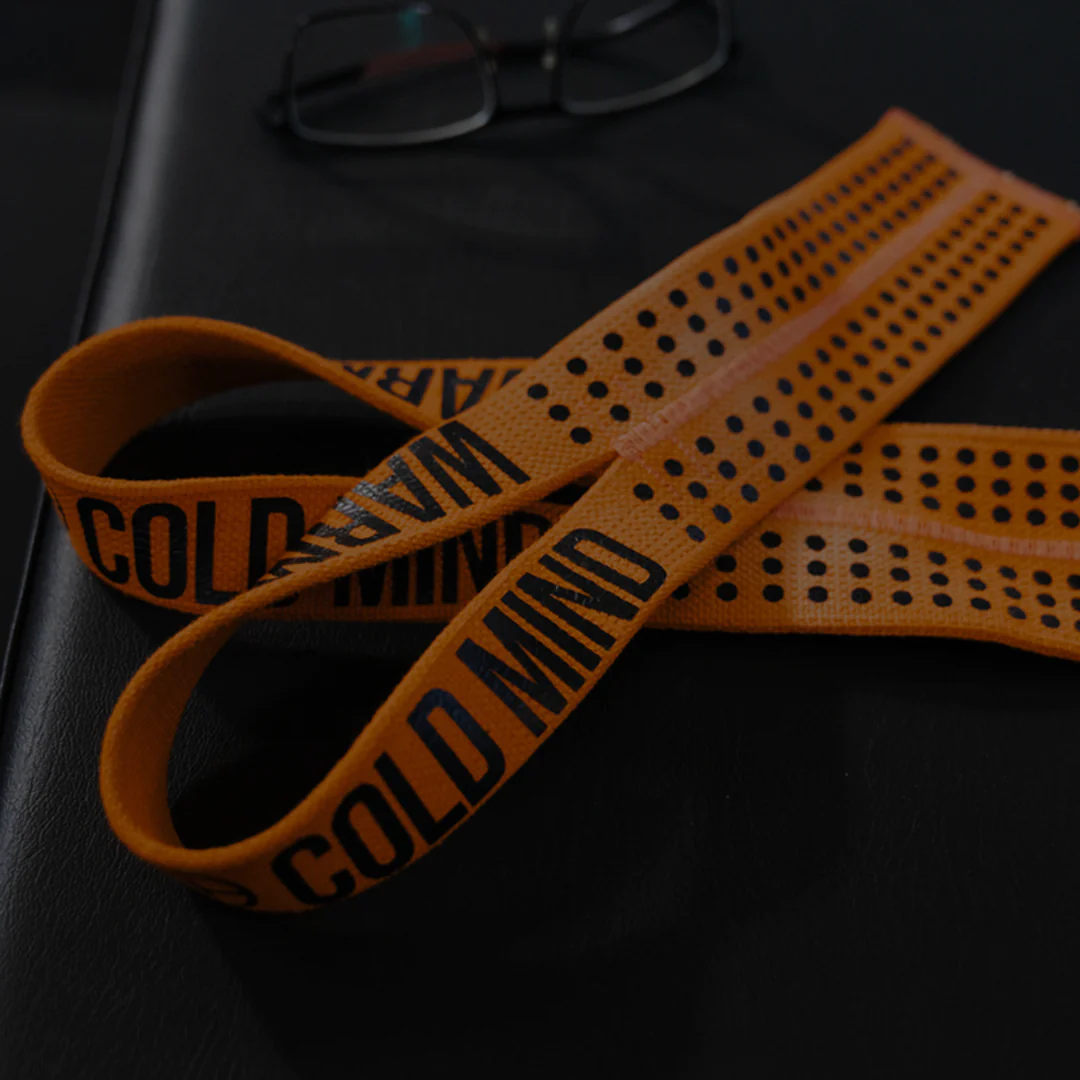
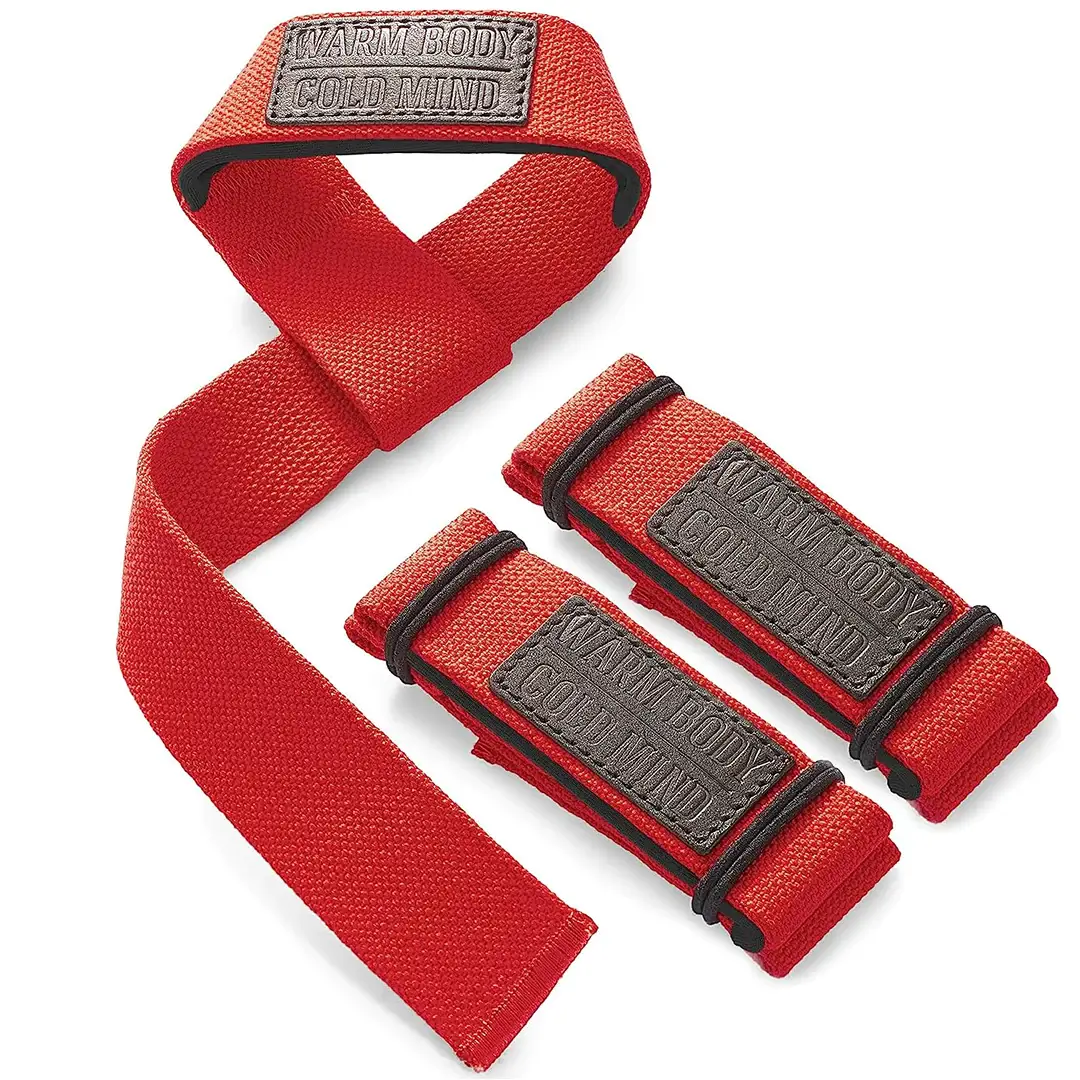
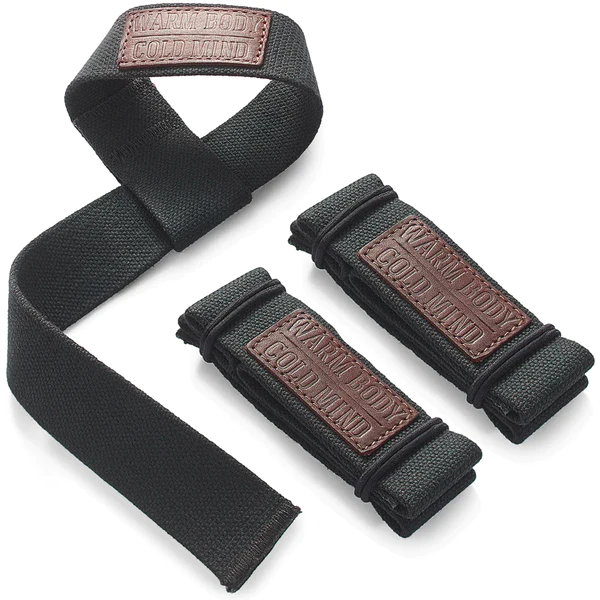

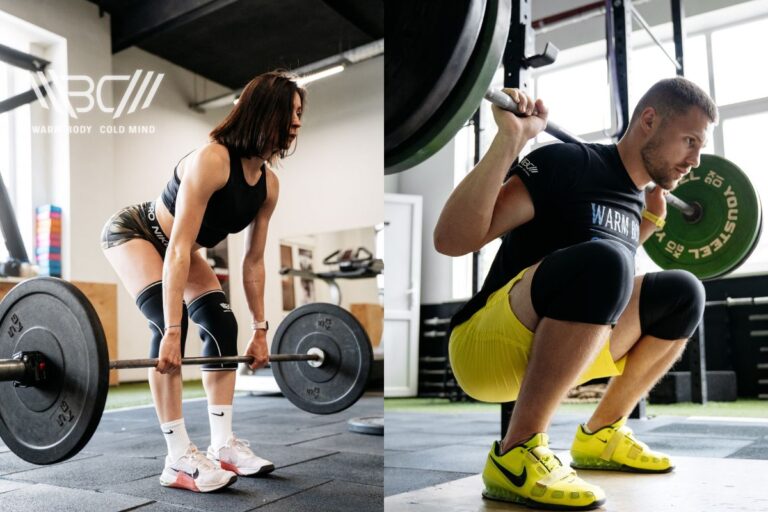
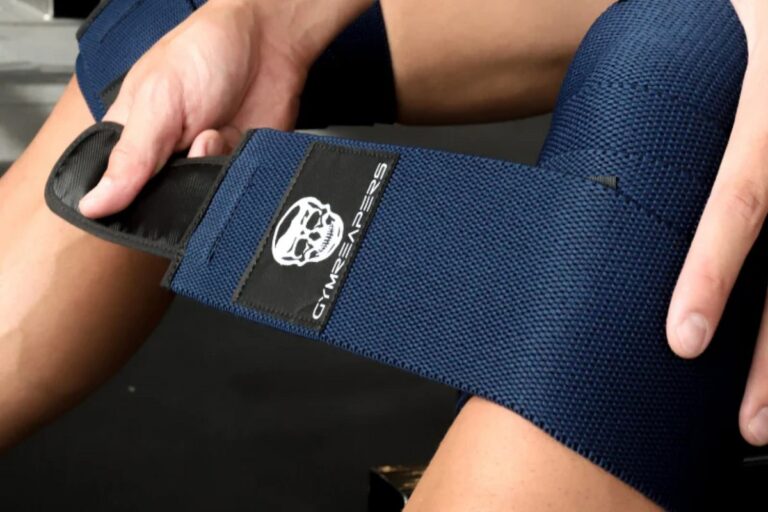
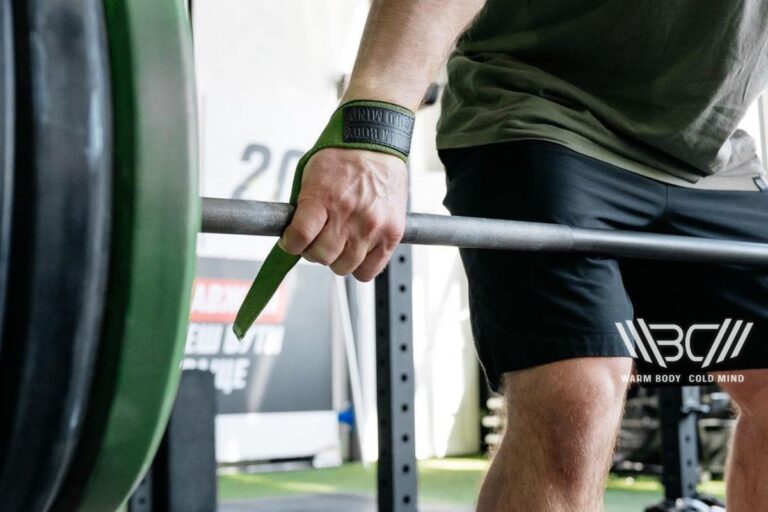
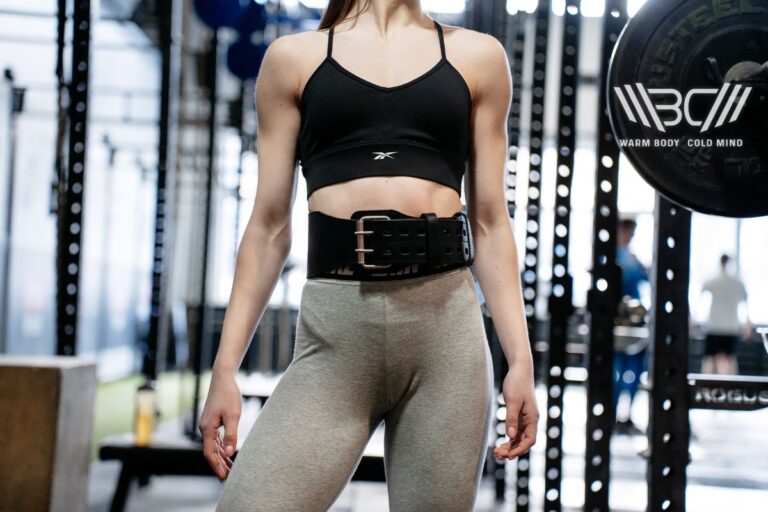
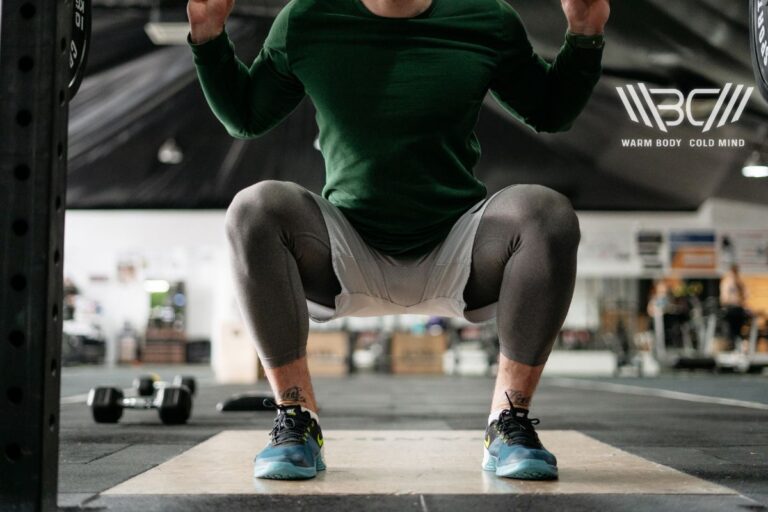
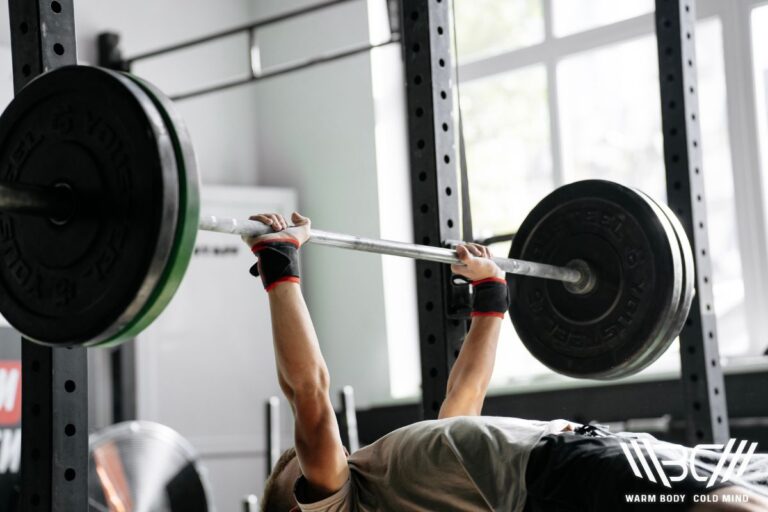
I tried several brands to find the best hand grips for lifting. Some were too soft, others rubbed my palm. So at first I switched to straps, but now I’m back to hand grips again. So far, my choice has fallen on a new product from WBCM, because it has comfortable finger slots and generally fits well on the hand. We’ll see how they go in use.